| -Nacho Carbonell- “I always create objects with my hands, so that I can give them my personal touch. I like to see them as living organisms, imagine that they come alive with their sometimes surprising behavior. I want to transform them into communicative objects, which wake feeling and fantasy. In short, I want to make what allows you to escape the mundane.” The Quilt, with so many uses, was once literally vital in Andalusia. Trade routes wound through mountains. Winter and summer, it was necessary to protect goods as well as yourself and your horse from the elements during night transports. Still today these quilts are decorated with care and tradition. -Patricia Urquiola- famous for her inter-disciplinary work, she was born in Oviedo. I´s going well for her. She now works globally. “Personal experience is the key, crafts that I remember from my childhood, things that have followed me through the years.” | -Arturo Alvarez- makes unique, handmade, environmentally friendly lamps for private and public places – and with warm, light and sensual materials of his own design. In 20 years the company has grown to working in 50 different countries. In 2008, LAB Arturo Alvarez was created, a platform for developing lamp design with feeling, sensuality and environmental awareness. -Martin Azua- Who wouldn’t want to have a practically invisible house that inflates itself with the help of solar and body heat? Simple, but multifaceted, it protects against both cold and heat. Neat! Easy to take with you; it fits into your pocket. Great for a life on the go without excess baggage. -Jaime Hayon- Spain has long had an intense passion for the Baroque, which continues today. The new generation knows its history. Jaime Hayon, born in Madrid 1974, became know for his project, “Mediterranean Digital Baroque”. |
|
There’s really not a whole lot out there about Spanish Contemporary Design, but if we take a closer look, we find an exciting alternative to other countries well known for their design. Industrialization came late to Spain. There are still some parts of the country that are untouched by the industrial revolution. As opposed to Germany and Japan, Spain has never been an industrial wonder. Many Spanish designers don’t use high-tech tools. Instead, they offer inventiveness, humor and irony. They’re not known to be restrained either. Here there’s no fear of color in order to produce pleasurable, warm, “happy” objects. The less-known is alive and well. Below is a selection.
0 Comments
ALMERÍA'S NEW GUITAR MUSEUM Almería is east of us. It’s a nice city. Antonio de Torres was born there in 1817. After a series of setbacks he was able to produce a somewhat larger guitar, with larger template, a deeper body and the perfect fan bracing on the interior of the soundboard that literally pulses the sound outward. This is still the model for guitars today. The Spanish guitar is a Torres guitar, and now it’s in a museum in Almería to see and experience – with film and display and instruments to play.
The Guitar is played almost the world over, but its history before the end of the 15th century is a bit unclear. Most contemporary musicologists still consider its source to be the Iberian Peninsula. During the 16th century one still played the vihuela, but during the 18th century a 5th string was added to the guitar and it became very well-liked. Then, the piano, cello and violin entered the stage and was heard above everything. Time for a 6th string – and by the 19th century the guitar's popularity had increased again. Today we have the electric guitar, sound pedals, reverb, amplifiers and MIDIs, but this hasn’t seemed to quiet the acoustic guitar. HOW DOES IT SOUND? a selection (click on the photo)
IT'S (NOT REALLY) ABOUT SHERRY - the wine world’s most underestimated wine Edgar Allen Poe wrote about an irresistible Spanish wine. In the short story The Cask of Amontillado the wine connoisseur Fortunato allows himself to be led down into a wine cellar for tasting and is walled into the alcove where the wine is stored. With the parting words, “rest in peace,” it’s a gruesome story, but the wine really exists. It is still produced today. The grape that it is made from is called “Pedro Ximénez.”
FOR YEARS, CONTEMPORAY PHOTOGRAPHY have played a substantial role in Spain's avant-garde culture. The sociocultural movement La Movida released a wave of suppressed creativity and tested the boundaries of freedom. Spanish photography is still outstanding. Today one is truck by the innovative and intense expression of contemporary Spanish photography which reflects the radical development that has taken place in Spain. In just a few decade, a closed society has been transformed into a multifacetted country in which contemporary culture enjoys a strong position (source: Estelle af Malmberg),The photo above is by Cristina Lucas. Below is a small selection of some of Spain's currently active and interesting photographers.
Ramón Masats, born 1931 in Barcelona and a conscious witness to over five decades of Spanish history, has had, and still has, an enormous influence on later Spanish generations of photographers. Montserrat Soto, b. 1961, since the beginning of her career Montserrat Soto has focused on the use of photography as a starting point for the exploration of space as a receiver and transmitter of emotions. She is an artist whose work is intimately related to human experience through absence, traces and vestiges. Javier Vallhonrat: "I think the world holds many secrets, we are very mysterious creatures in a mysterious world, though some endeavors to dream that everything is in wikipedia and in the end we will believe that the reality is that it fits in google.So I like that all the photos that interest me look bad on the internet".
Knowledge, people and culture have always been transported over the sea, enriching & developing. Once it was the sea that united, not divided, countries and people. From the 8th century BCE the Phoenicians, antiquity’s most accomplished seaman, from what is today’s Lebanon, built settlements and trade posts from one end of the Mediterranean to the other. It made it possible to trade and communicate with different lands and peoples. Monte Testaccio, an ancient dump in Rome, is basically made of amphora, terracotta container that were used to transport olive oil from the Iberian peninsula during the first 250 years of the common era. Andalucian folk music from the mountains of Malaga, Los Verdiales, is said to have originally come from Anatolia by way of ancient Greece and Rome taken with them or by the Phoencians. Just to give a few examples. It has been about 5.3 million years since the Straight of Gibraltar opened up allowing water to flow in. This apparently went rather quickly. It took between a couple months to a couple years to flood the basin. In a few more million years it’s said that the Mediterranean will once again disappear like all other bodies of water on earth. What is in the Mediterranean? Bluefin tuna and some 700 other species of fishes, whales, dolphins, seals and sea turtles; shipwreck treasures from millennia of trade; coral reefs, wide meadows of seagrasses. However, overfishing and pollution are a constant threat. All 21 bordering countries share the responsibility, but only Spain, up to now, has adopted an IUU-plan to prevent the overexploitation and depletion of Mediterranean fish stocks to unacceptable levels. Read more about what Greenpeace suggests for the future of the sea > Cutar. photo Micke Berg
LACULTURA #15 March 2014 Really it’s a little misleading when we talk about “Spanish.” For centuries Spain has been a country of many languages. In the 1970s during the transitional period to democracy language plurality became official. Castilian is the language we refer to as “Spanish.” This is the official language of Spain. However, Galician, Basque and Catalan are the official languages of their respective regions. Also, Spain has a clear legislation regarding the rights of minority languages considered exemplary internationally.
Architecture in Andalusia is as multifaceted as its history. Newsletter # 14 Feb Here everyone has stopped by, the Phoenicians, Greeks, Romans, Visigoths, Byzantines, the Arabs. Styles have followed each other, Romanesque, Gothic, Renaissance, Baroque, Rococo, Romanticism, Modernism… In the pueblos there are certainly strong traditions – like narrow streets, white-limed facades and iron-bared windows. From the entry often a passage to an outdoor area, and the kitchen on the bottom level, while foodstuff used to be stored on the second – But in cities it’s layer-upon-layer. Mosques became churches; fish markets are becoming art museums. And, in turn, now contemporary Spanish Architecture is spreading over the world. Rafael Moneo designed Moderna Museet in Stockholm, Ricardo Bofill spectacular housing blocks in France and Sweden. Santiago Calatrava has designed public buildings in Germany, Switzerland, Argentina and recently the new train station at the WTC in New York. Spanish architecture is highly regarded. But the latest financial crisis has quieted domestic development. Some say that this is just what’s needed. Now it’s time to take advantage of the local history and create a new humane, sustainable and generous architecture in Spain. The Andalusian wave?
Newsletter no 13 from laCultura Jan 2014 WHAT DO YOU KNOW ABOUT SPANISH FILM? Modern Spanish film was under strict censorship by the nationalist government for a long time and adapted to these ideological constraint. Escapism and entertainment was the focus. However, from the 50s, film directors began to protest Franco’s cultural politics – among those were Juan Antonio Bardem, Luis Garcia Berlanga and Luis Bunuel – painting a bolder, more realistic picture of Spain. In 1975, after Franco died, censorship was finally eliminated. Earlier taboo-ladened subjects like sexuality, drugs, church, army and the civil war were treated freely on the film screen. The illustrious work of Montxo Armendariz, Fernando Trueba, Imanol Uribe and Pedro Almodóvar became part of the “new wave” of Spanish film. During the last few decades first-class films have continued to be produced by established filmmakers as well as newcomers. Some of them are Alejandro Amenabar (Thesis), José Luis Garcí (El Abuelo), and of course, Pedro Almodóvar. Since the 90s Spain has also been one of the leading countries for the number of women filmmaker who have attained wide success at national and international film festivals and who have been acclaimed by both public as well as critics. Icíar Bollain, Chus Gutiérrez, Isabel Cixet och Patricia Fereira are among notable names.
|
Categories
|
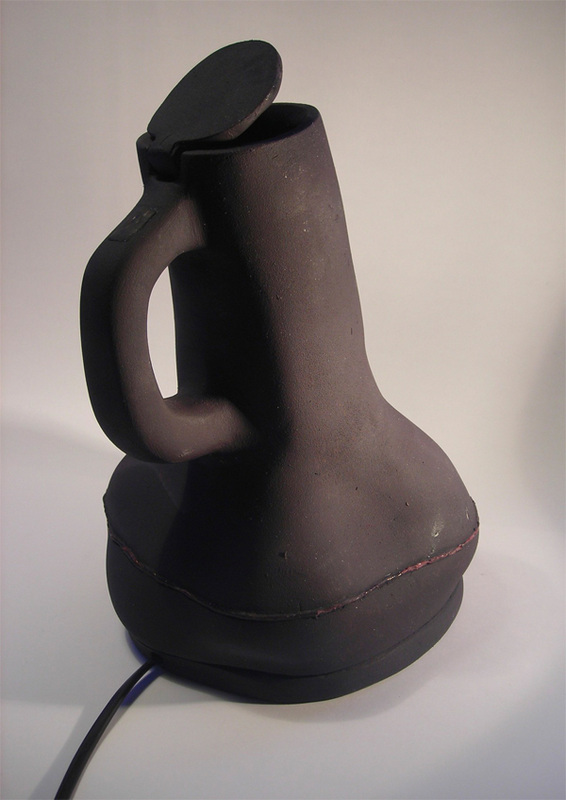



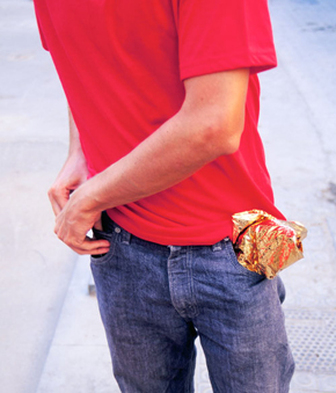








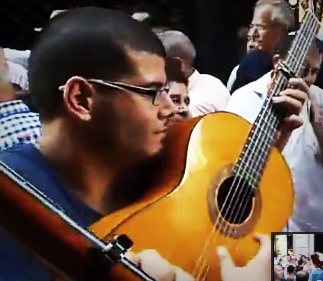











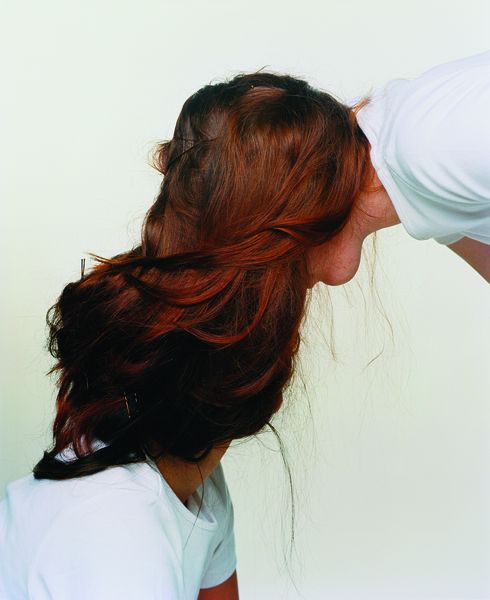



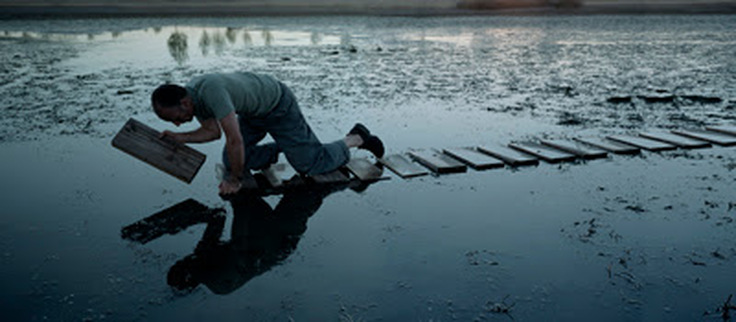
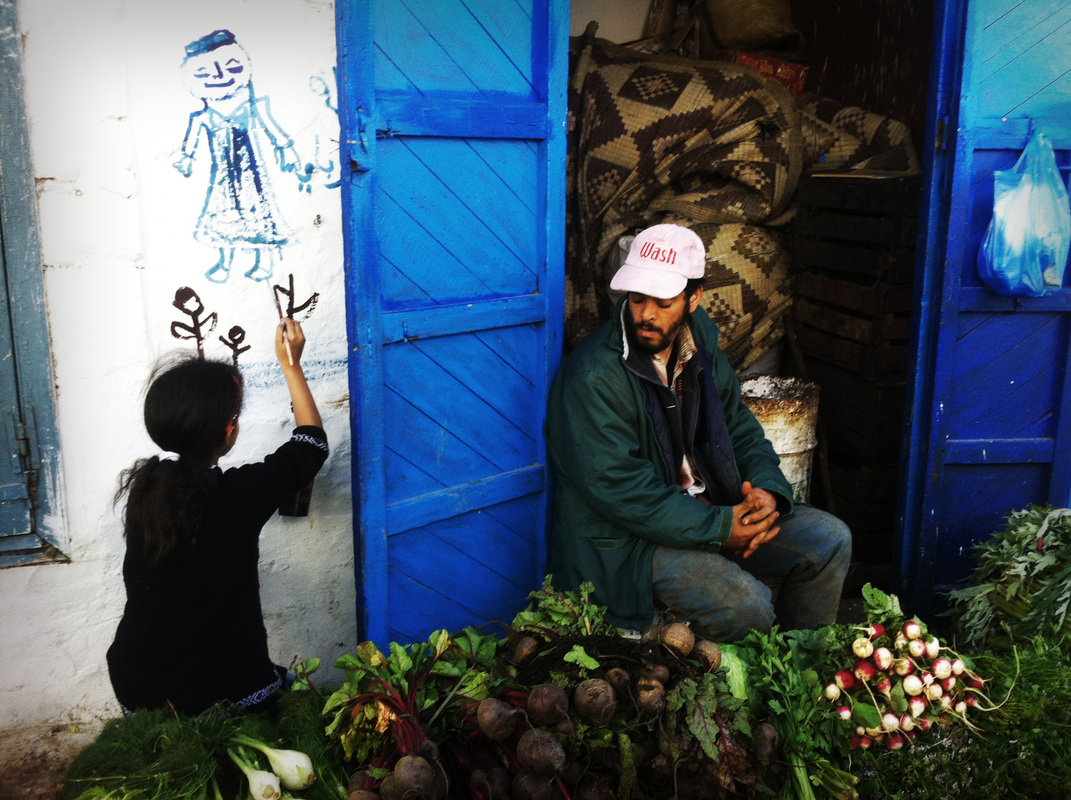








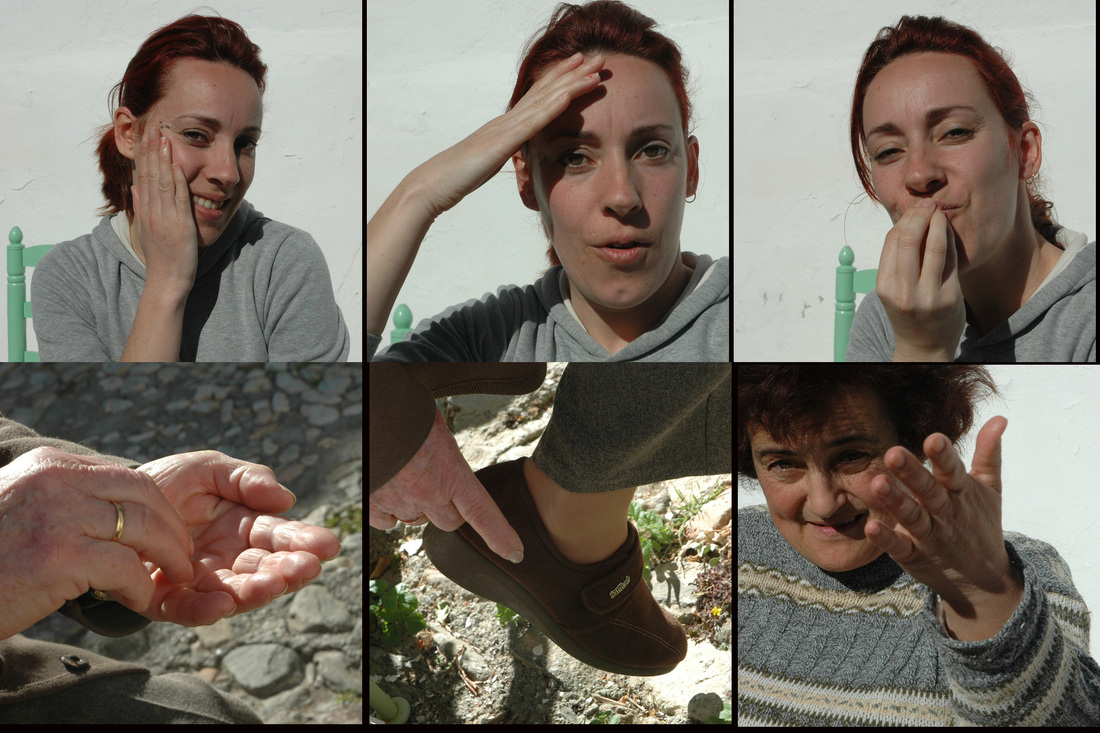


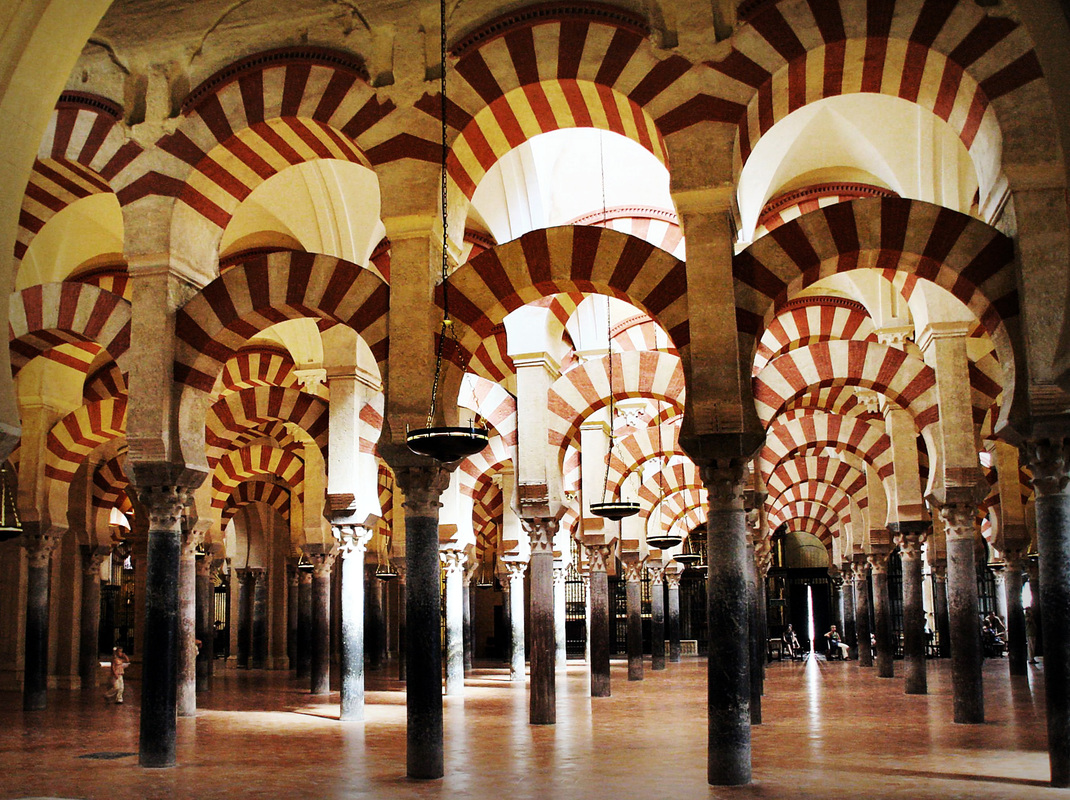





 RSS Feed
RSS Feed

